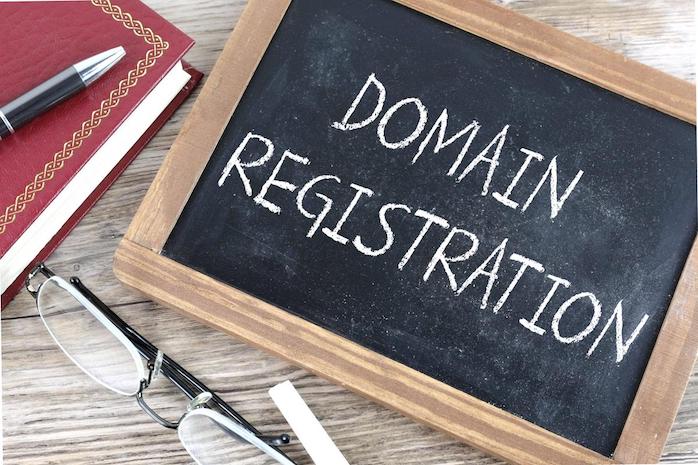Step-by-step guide to registering a domain name Published: 15 Feb, 2023

As more businesses and individuals move their presence online, the importance of registering a domain name cannot be overstated. A domain name is your online address and serves as a unique identifier that distinguishes your website from others. Without a domain name, your website cannot be easily found or accessed, and you run the risk of losing potential customers to your competitors.
In this step-by-step guide, we will take you through the process of registering a domain name, from selecting a name to registering with a domain registrar.
Step 1: Choose a Domain Name
The first step in registering a domain name is choosing a suitable name. Your domain name should reflect your brand or business and be easy to remember, spell and pronounce. It should also be relevant to your business or website content. For instance, if your business provides online marketing services, a suitable domain name could be onlinemarketingpros.com.
Step 2: Check Availability of Domain Name
Once you have a suitable domain name in mind, you need to check if it is available for registration. This is important because if the name is already taken, you will need to choose a different name. You can check the availability of a domain name by using a domain registrar's search tool, such as Namecheap or GoDaddy. Simply enter the domain name you have chosen into the search box, and the tool will show you if the name is available for registration.
Step 3: Choose a Top-Level Domain (TLD)
A Top-Level Domain (TLD) is the last part of a domain name, such as .com, .net, or .org. It is important to choose the right TLD for your business, as it can impact how customers perceive your brand or website. Some TLDs are more popular than others, and some are specific to certain countries or regions. For example, .com is the most popular TLD and is widely recognized worldwide, while .ca is specific to Canada. Consider your target audience when choosing a TLD.
Step 4: Register with a Domain Registrar
Once you have chosen a domain name and a TLD, the next step is to register with a domain registrar. A domain registrar is a company that manages the registration of domain names. Some popular domain registrars include Namecheap, GoDaddy, and Bluehost.
To register with a domain registrar, simply create an account on their website, and follow the instructions for registering your domain name. You will need to provide your personal information, including your name, address, and email address. You will also need to choose a domain registration period, which can be anywhere from one to ten years.
Step 5: Choose Add-On Services
Most domain registrars offer additional services that you can add to your domain registration, such as website hosting, email hosting, and security features. These services can help you build and maintain your website, and keep it secure from hackers and other threats. Consider which services you need, and add them to your domain registration if necessary.
Step 6: Complete Registration and Payment
Once you have selected your domain name, TLD, and add-on services, you can complete the registration process by submitting your payment. Most domain registrars accept credit card payments, PayPal, or other online payment methods. Be sure to review your order summary before submitting your payment, to ensure that everything is correct.
Step 7: Verify Your Contact Information
After completing your domain registration, you will receive a confirmation email from your domain registrar. This email will contain information about your domain name, registration period, and other details. You should also receive an email asking you to verify your contact information, which is important for ensuring that you can be reached in case of any issues or disputes related to your domain name.
Conclusion
Registering a domain name is an essential step in establishing an online presence for your business or personal website. It is important to choose a domain name that is memorable and relevant to your brand or website content, and to check its availability before registering it with a domain registrar.
By following the step-by-step guide above, you can easily register your domain name and ensure that your website is accessible to your target audience. Remember to choose the right TLD for your business, and to consider adding on additional services such as website hosting and security features.
With your new domain name registered, you can now begin building your website and establishing a strong online presence for your business or personal brand. Good luck!